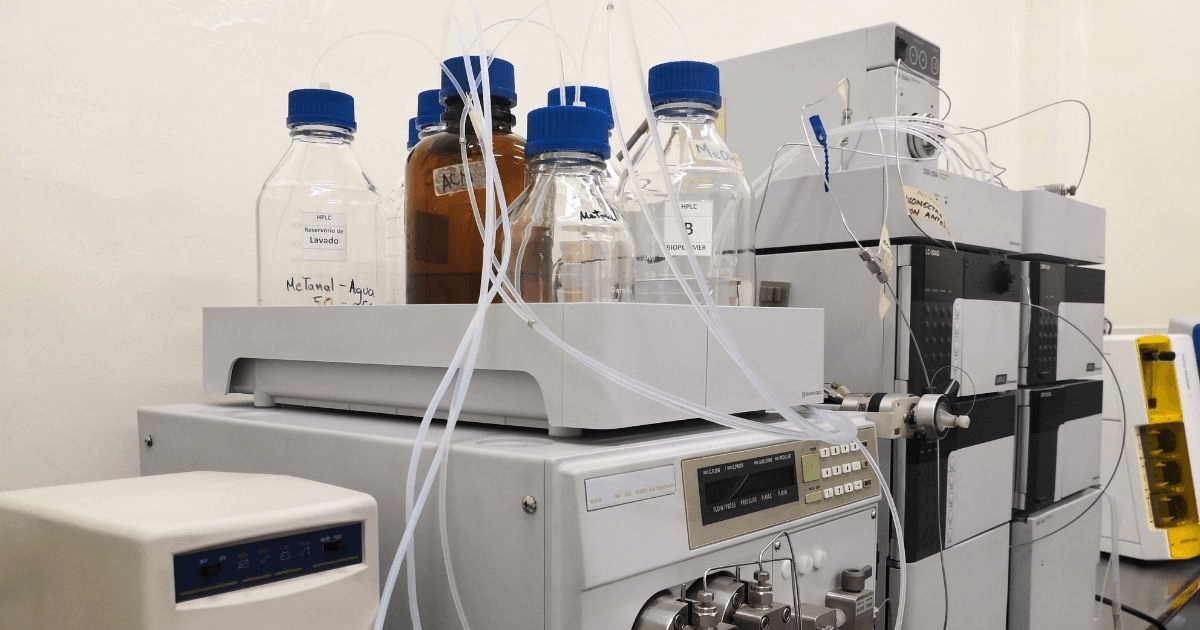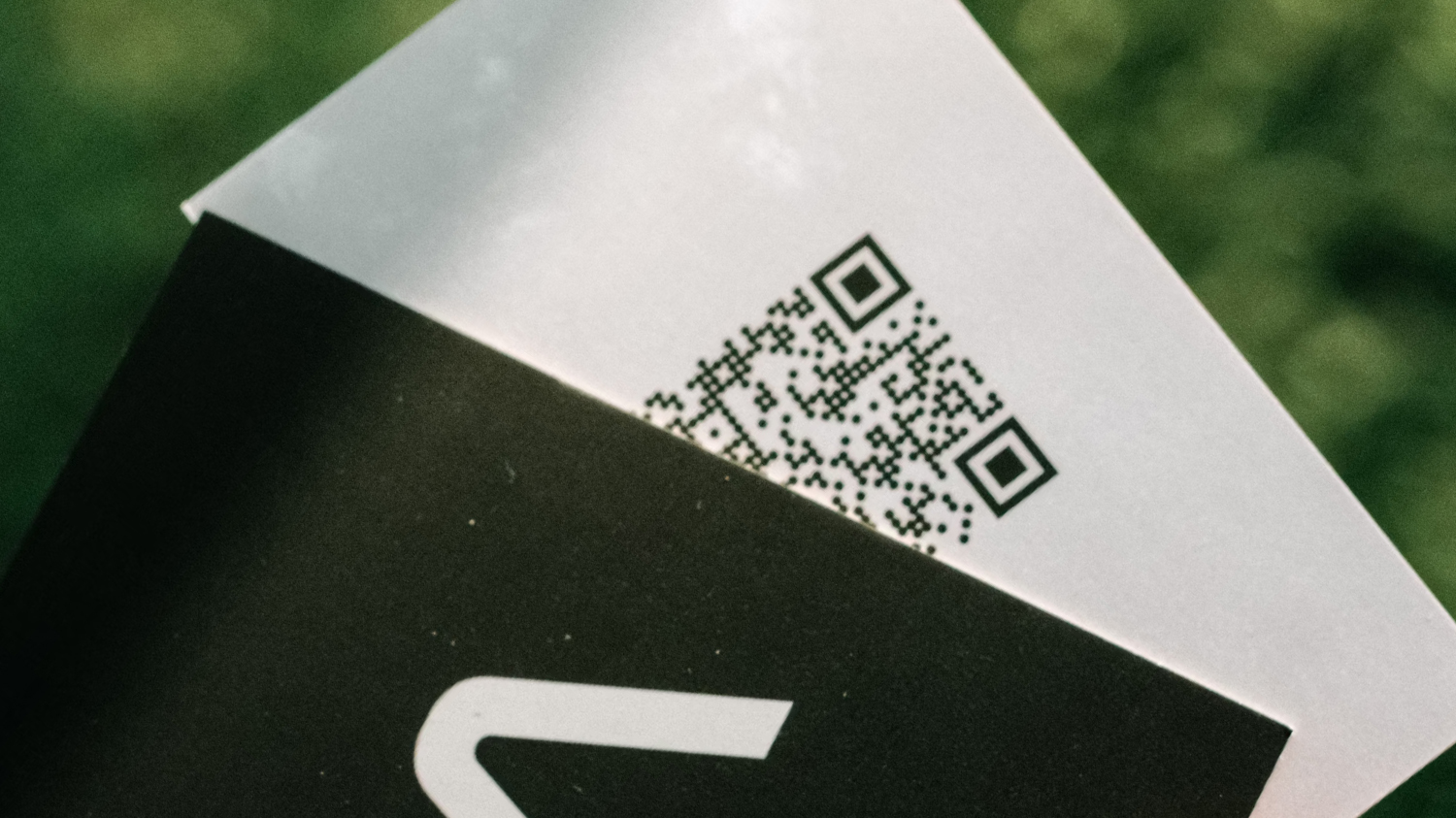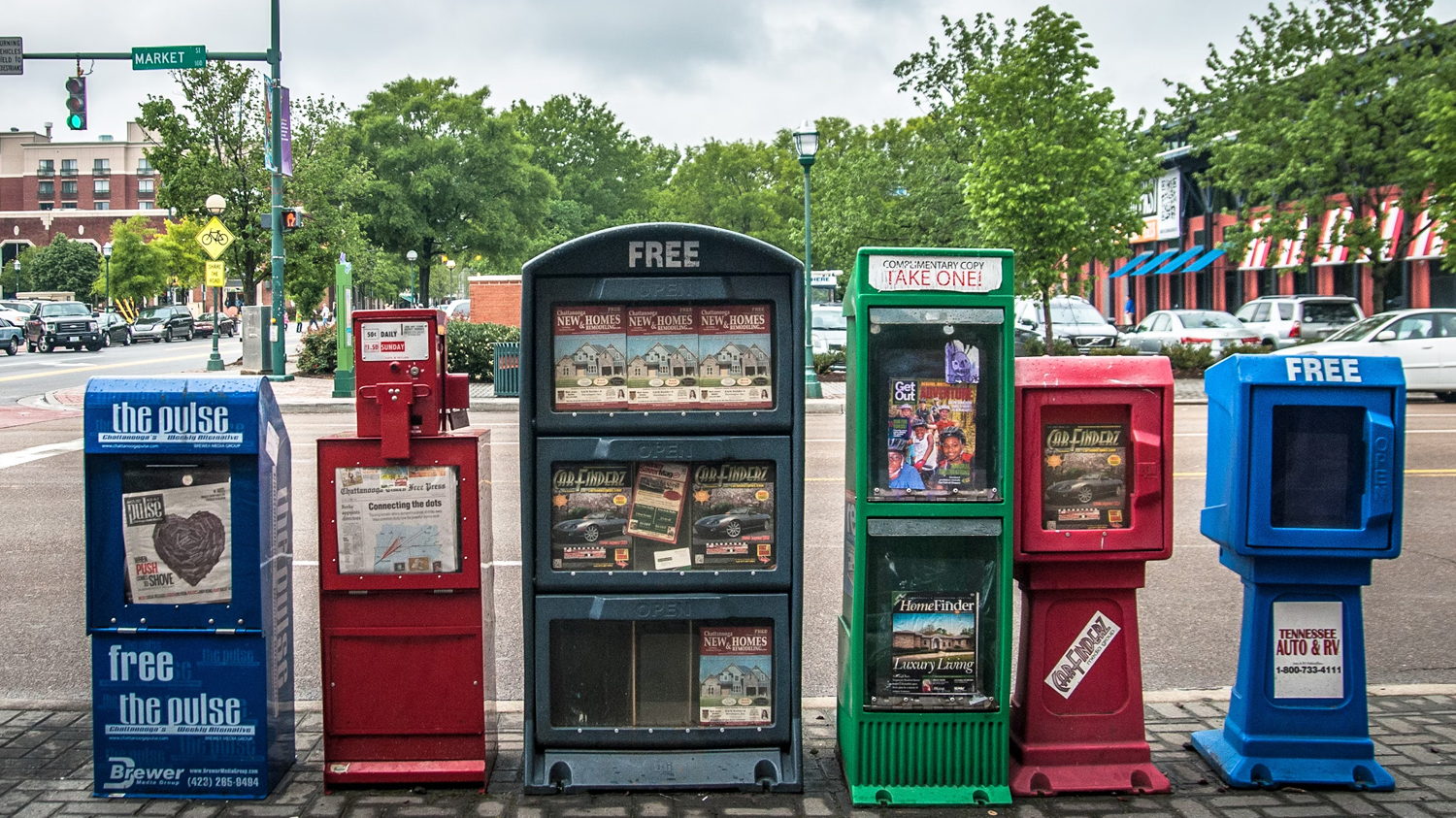

Chromatography is useful in many applications, and it’s been around for more than a century. People use it to test drugs, food, and blood samples and to purify numerous products. Chromatography helps people solve crimes, produce beverages, and so much more, but you hardly see these processes happening.
Most people don’t think about history when they learn about science. But knowing it helps you better understand where different analytical methods came from. Uncover the brief history of high performance liquid chromatography for a well-rounded view of this incredible scientific technique.
Chromatography has been in use for decades. While separating plant pigments, Russian botanist Mikhail Tsvet invented chromatography. Each pigment that he separated was a different hue. This is why the method is called chromatography—“chroma” means color, and “graphy” means writing. He separated compounds based on their interactions with a stationary phase, which is the main component of chromatography. Tsvet poured solvents through columns to isolate the pigments in his mixtures.
In the 1940s, two scientists developed a new approach to chromatography. Archer John Porter Martin and Richard Lawrence Millington Synge used two liquid phases instead of one. Their method marked the beginnings of high performance liquid chromatography (HPLC). The technique helped them separate more complex compounds.
In the 1970s, scientists further refined HPLC into the method people recognize today. Around this time, companies began developing HPLC pumps that made the process easier and quicker. Science continues to evolve and get better with ultra-high performance liquid chromatography (UHPLC). The difference between UHPLC and HPLC is the particle size and amount of pressure you can use.
While chromatography has been around for more than a century, HPLC has only been in use for about 50 years. You can share the brief history of high performance liquid chromatography with your peers. Knowledge is power if you know how to use it.

Put your business in front of thousands of LOCALS! Create your free listing on the NewsSTAND and update your profile anytime to share the latest info, specials, and contact details.

Got a story to Share? Pitch your idea or write an article for the NewsSTAND! Join us in highlighting the positive and powerful moments that make our city shine.

We’re passionate about working together to amplify our City. Reach out to the NewsSTAND team to explore collaboration opportunities and make a difference in our community.
Hover over each card to unlock the full story and see what you’re about to get!







